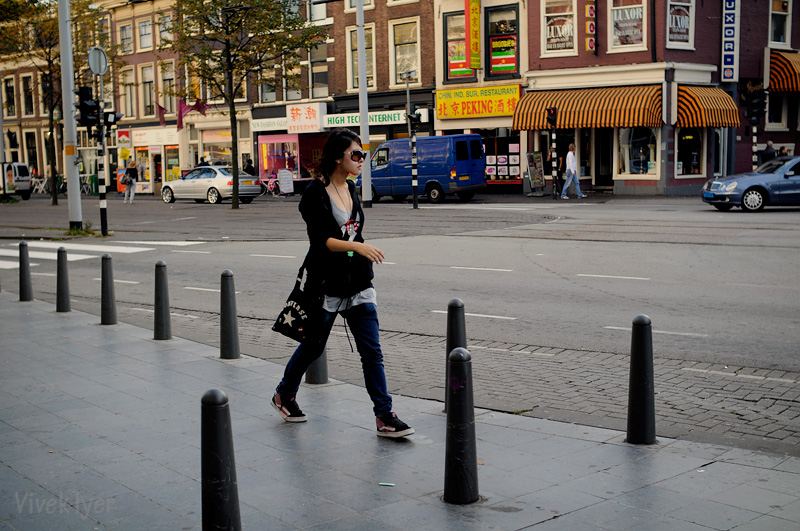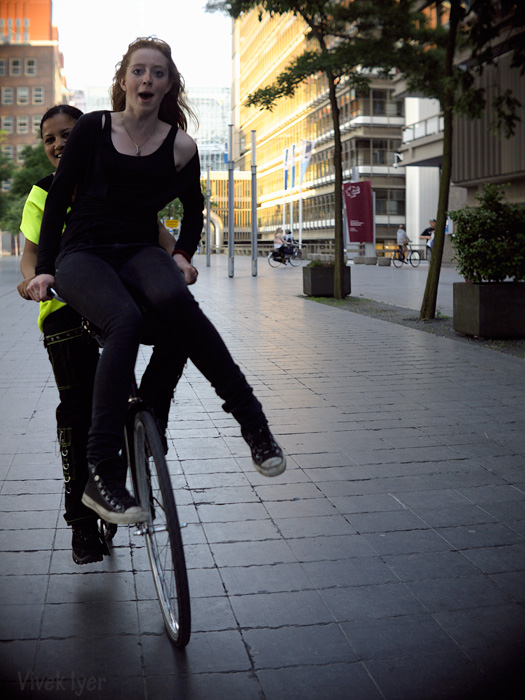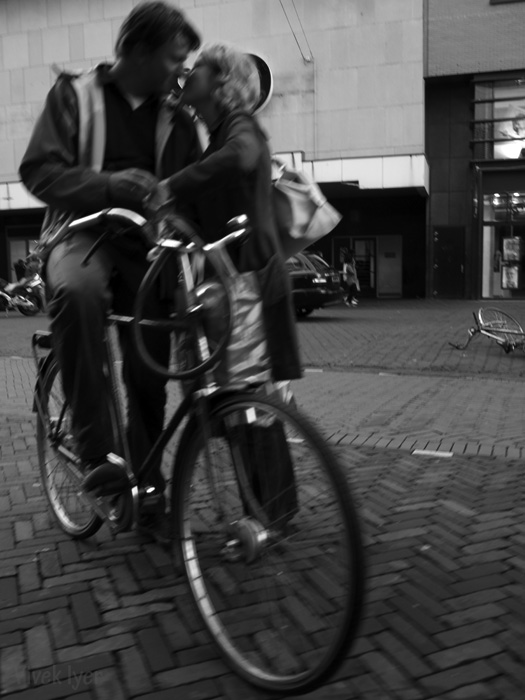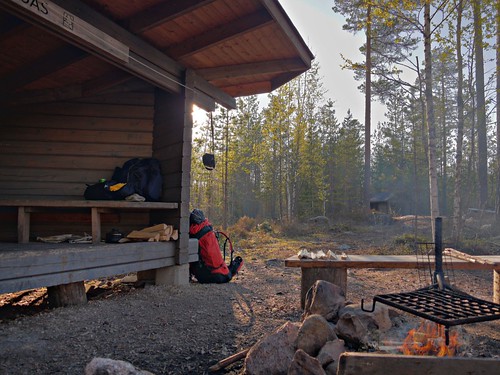pellicle
New member
Folks
I'm wondering if anyone has ever seen a site which proports to measure the speed of AF + lens systems on cameras?
I've found that the G1 focuses its 14-45 as fast as my EOS cameras focus the USM 28-105 lens (to pick a comparable lens) and often wonder if anyone has done anything about quantifying this.
I for one can't see any major reasons why Phase detect would have a superior advantage over contrast (with modern processing systems being faster than they were ...)
I feel that all too often people get hung up about Contrast Detect systems as they compare them to stuff in compact point n shoots which don't have effective lens control motors to make AF quick to begin with ....
I'm wondering if anyone has ever seen a site which proports to measure the speed of AF + lens systems on cameras?
I've found that the G1 focuses its 14-45 as fast as my EOS cameras focus the USM 28-105 lens (to pick a comparable lens) and often wonder if anyone has done anything about quantifying this.
I for one can't see any major reasons why Phase detect would have a superior advantage over contrast (with modern processing systems being faster than they were ...)
I feel that all too often people get hung up about Contrast Detect systems as they compare them to stuff in compact point n shoots which don't have effective lens control motors to make AF quick to begin with ....





